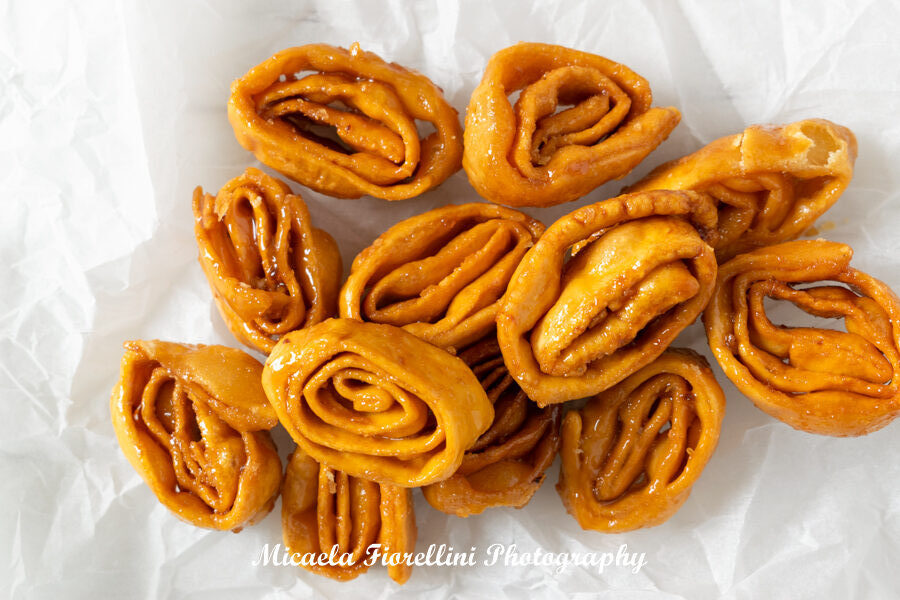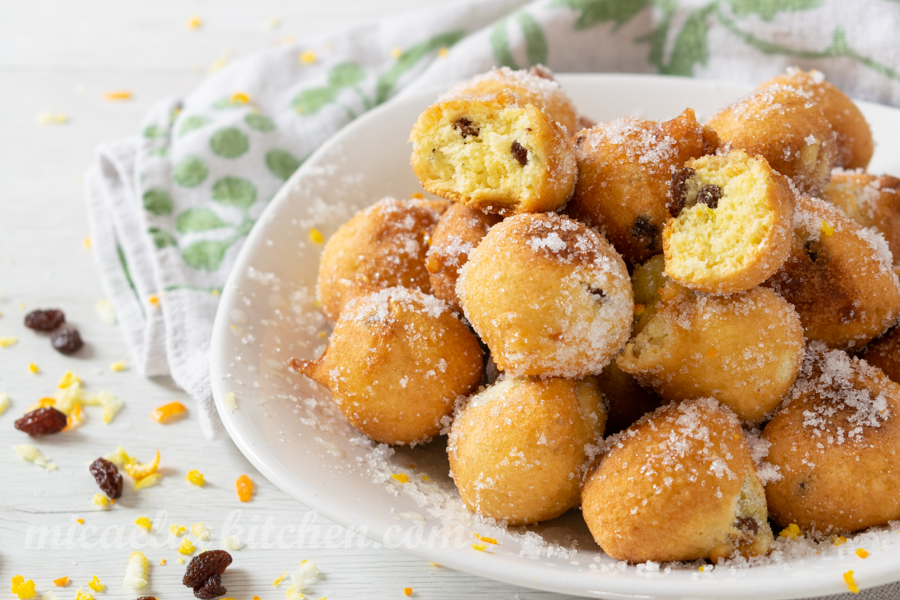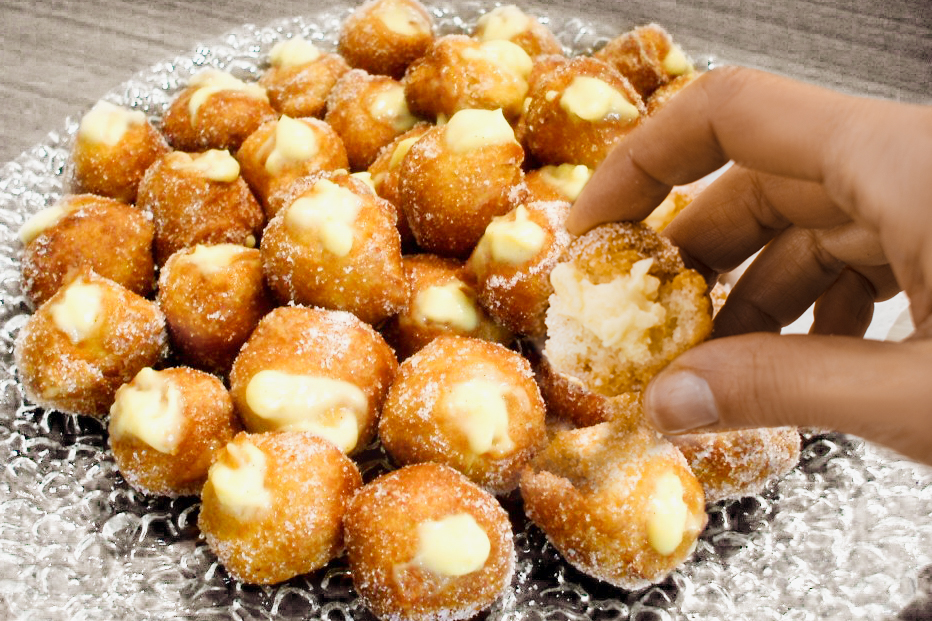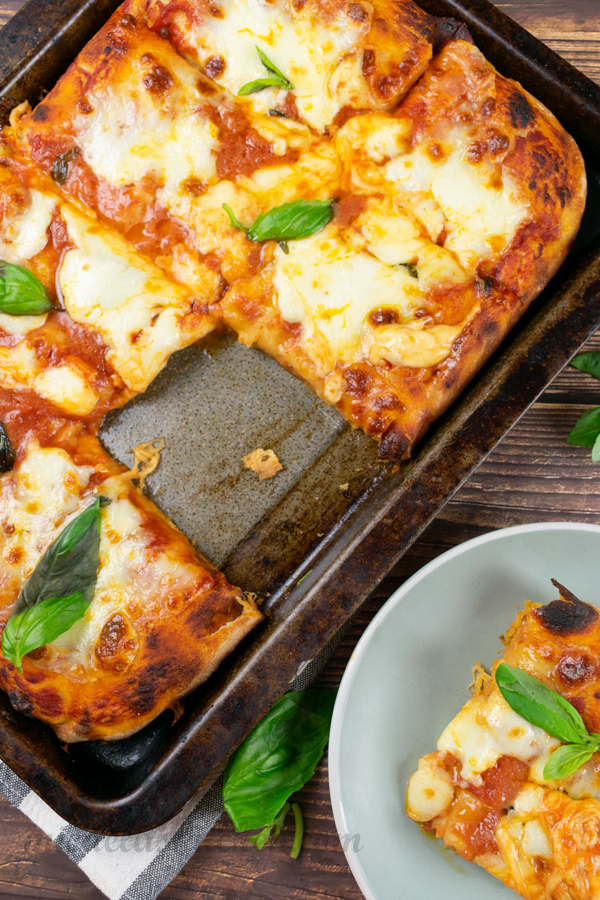The most famous dishes of Carnival in Italy: Frittelle, Zeppole, and more. This guide explores the regional dishes that fuel the Carnival celebrations across Italy.
You know Carnival season has arrived in Italy when you start to smell fried foods wafting through the streets and see people walking around in elaborate costumes and masks. Italians love any excuse to celebrate, especially when it involves eating delicious food and spending time with friends and family. During Carnival, each region in Italy has its own specialties that reflect the local cuisine and culture. From fried polenta in the north to chickpea fritters in Rome to almond sweets in Sicily, you’re about to embark on a tasty tour of regional Italian Carnival treats. Grab your stretchy pants and get ready to enjoy – it’s time to celebrate Carnival Italian style!
Carnival Celebrations and Cuisine in Northern Italy

Carnival celebrations in Northern Italy are all about indulgence before Lent. Nowhere is this more evident than in the food. Some regional specialties you’ll find include:
In Piedmont, Bugie are popular. These flat strips of fried dough are sprinkled with sugar and often served with Moscato wine for dipping. Bagna cauda, a warm dip of olive oil, garlic, and anchovies, is also commonly eaten during Carnival.
In Lombardy we find Tortelli, sweet, round and leavened fritters, filled with custard or chocolate. Sometimes they are enriched with diced apple pieces in the dough: in this case they are called Laciàditt. In Pavia, very similar fritters are prepared, but they are called Farsi.
In Emilia-Romagna, the Carnival confectionery tradition is very varied. Sfrappole (chiacchiere), Castagnole and Sweet tagliatelle, i.e. fresh pasta tagliatelle with orange or lemon zest which, after frying, can be sprinkled with icing sugar.
In Veneto, Carnival means Rufioi, Castagnole and Crostoli/galani (Chiacchiere). And then the Fritole (or fritoe), sweet fritter made of flour, sugar, eggs, milk and rum, raisins, or pine nuts, covered in granulated sugar. The recipe can vary depending on the area: the Venetian ones differ slightly from the Vicenza ones which in turn change compared to the Veronese ones.

Famous Carnival Dishes and Traditions in Central Italy
In central Italy, Carnival is all about food, parades and costumes. Two dishes reign supreme:
Frittelle
These sweet fritters are a must in Tuscany. Fillings range from ricotta to chocolate to custard. Frittelle stalls pop up along parade routes so you can snack as you watch the festivities.
Castagnole
Little doughnut-like balls fried and then coated in powdered sugar, castagnole are a favorite in Umbria and Le Marche. Their irregular shape comes from dropping spoonfuls of batter into hot oil. Light, crispy and not too sweet, they’re perfect with a glass of local red wine or spumante.
In addition to Castagnole and sweet ravioli, Cenci (chiacchiere), San Giuseppe fritters are also very popular in Tuscany, prepared for both Father’s Day and Carnival. Like many desserts of this period, they are irregular balls sprinkled with sugar, but they have a great peculiarity: they are mainly made of rice cooked in milk and for this reason they are also known as rice pancakes.
Waffles are also prepared in Umbria. There are several recipes, all based on unleavened dough with different flavourings, possibly also wine and liqueurs. For all of them you need a waffle maker or a ferratelle mould, from which sheets similar to wafers come out, which are folded into a cone shape. The Waffles are reminiscent of Abruzzo‘s Neole or Ferratelle and are eaten either alone or accompanied by cream or cream.
Southern Italy’s Most Iconic Carnival Recipes

The southern regions of Italy are known for their bold, vibrant flavors. Carnival time brings out some of the most iconic dishes that represent the passion and gusto of southern Italian culture.
Frittelle
Fried sweet dough balls called frittelle are beloved in Campania and Calabria. They are usually filled with cream, chocolate, or fruit preserves. The dough is made from sugar, eggs, flour and butter or olive oil. Once fried to a golden brown, they are dusted with sugar, cinnamon and sometimes lemon zest. No Carnival celebration in southern Italy would be complete without a plate of frittelle.
Cartellate
Cartellate are fried or baked pastry ribbons typical of Puglia and Basilicata. The pastry strips are pinched, twisted and fried or baked until golden brown, then drizzled with vincotto, a reduced grape must syrup, or honey. They are meant to resemble the ribbons and frills that adorned medieval clothing. Cartellate are a symbol of the lavish indulgence of Carnival.
Castagnole
Fried dough balls called castagnole are popular throughout southern Italy. Eggs, sugar, butter, flour, baking powder and almond extract or anise are mixed into a batter and fried in olive oil. They are dusted with sugar and sometimes served with sweet wine. The name comes from their chestnut shape and color. They are light, airy and not too sweet.
Zeppole
Zeppole, fried or baked doughnuts, are quintessential Neapolitan street food, especially during Carnival. The dough is made from flour, eggs, sugar, butter and baking powder. Once fried, they are topped with pastry cream, custard, sweetened ricotta or fruit preserves. Zeppole represent the carefree spirit of Carnival. No wonder they’re so irresistible!
Conclusion
So there you have it, a whirlwind tour of Italy’s regional carnival cuisine. With so many delicious options to choose from, you really can’t go wrong. Whether you prefer the simplicity of Lombardy’s fried doughnuts or the richness of Campania’s zeppole, a whole world of flavor awaits you. Carnival only comes once a year, so take the opportunity to try something new and tantalize your taste buds.






